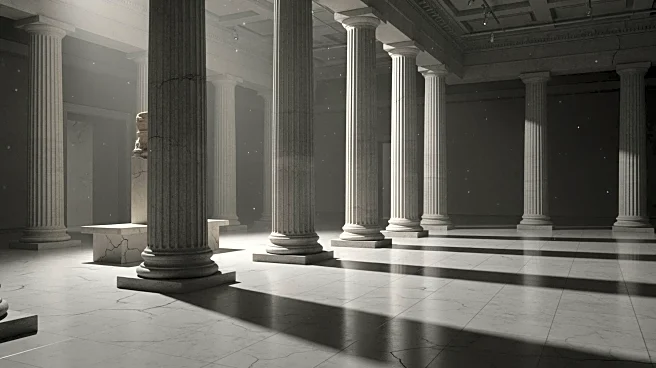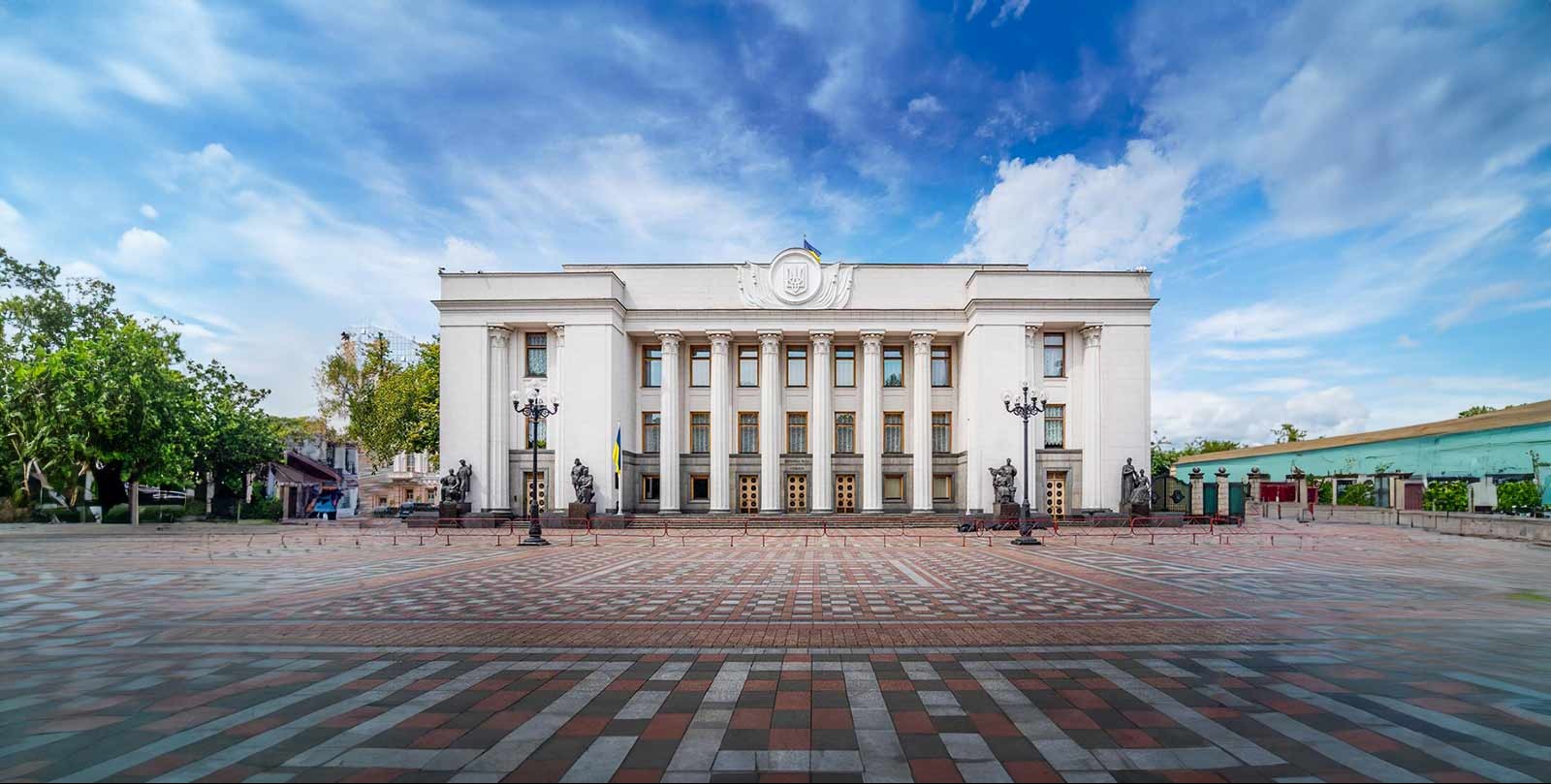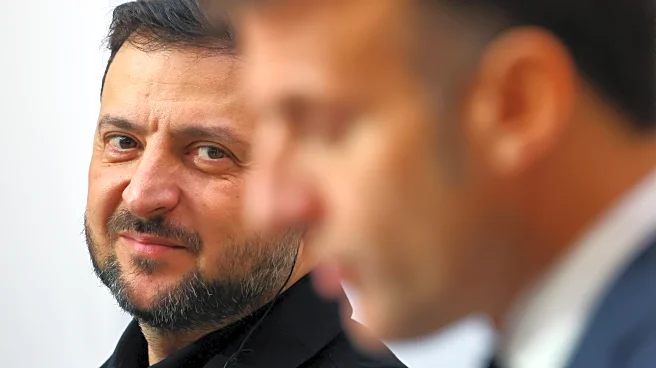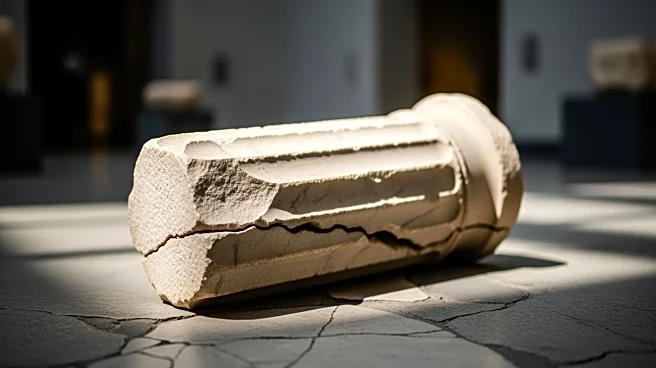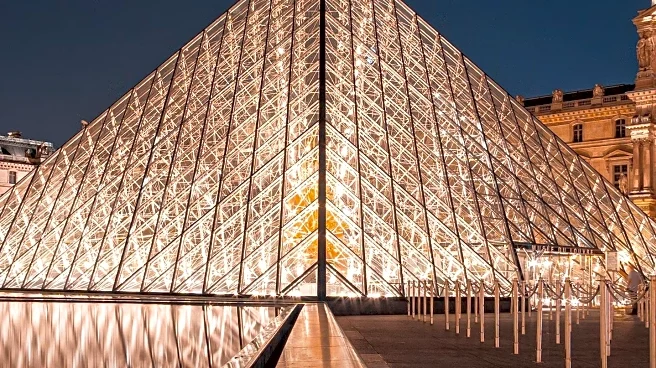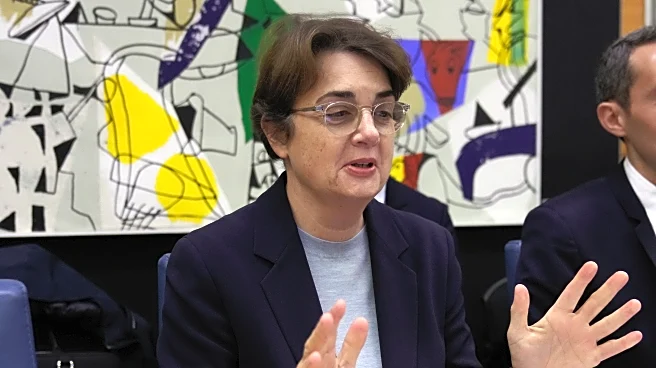What's Happening?
The Musée du Louvre in Paris has closed a suite of galleries dedicated to Greek antiquities after structural weaknesses were discovered in parts of the building. A technical report highlighted the fragility of beams supporting the second floor of the Sully
Wing, prompting the closure of the Campana Gallery as a precautionary measure. This gallery houses nine rooms of ancient Greek ceramics. The Louvre's ambitious New Renaissance project, announced by French President Emmanuel Macron, aims to restore and modernize the Sully quadrangle, including creating a new visitor entrance by 2031 to address overcrowding. The project is valued at €1.15 billion, with €481 million allocated for the first two phases over the next decade. The Cour des Comptes report criticized the museum's management, citing delays in security equipment deployment following a recent heist.
Why It's Important?
The closure of the Campana Gallery underscores the challenges faced by historic institutions in maintaining structural integrity while accommodating modern needs. The Louvre's New Renaissance project is crucial for addressing these issues, ensuring the museum's long-term viability and visitor safety. The project's focus on modernizing infrastructure, including security enhancements, is vital in light of recent security breaches. The initiative reflects broader trends in heritage conservation, balancing preservation with modernization. The Louvre's efforts may set a precedent for other museums facing similar challenges, highlighting the importance of strategic investment in cultural heritage.
What's Next?
The Louvre will continue its renovation efforts under the New Renaissance project, prioritizing structural and security upgrades. The museum must navigate budgetary constraints while ensuring the project's success. Stakeholders, including government bodies and cultural organizations, will likely monitor the project's progress closely. The museum's management may face increased scrutiny following the Cour des Comptes report, potentially influencing future funding and operational decisions. The closure of the Campana Gallery may prompt discussions on alternative ways to showcase its collections, possibly through digital platforms or temporary exhibitions.
